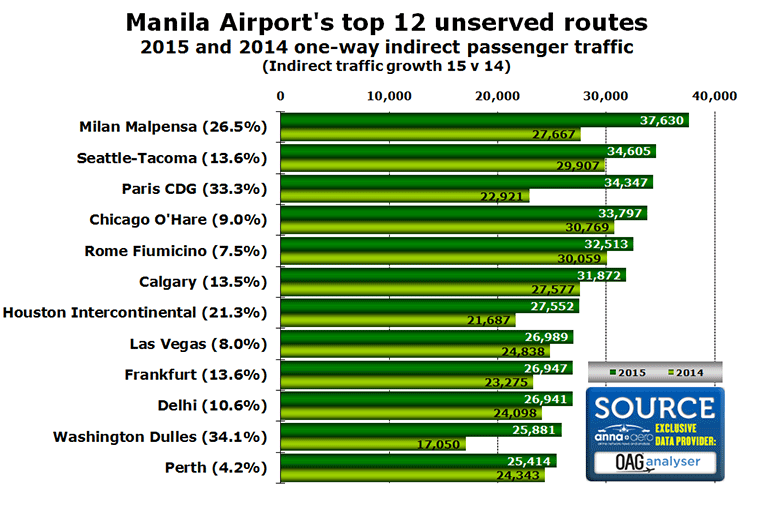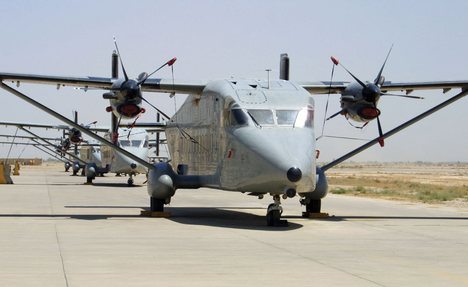29 September 2016
Flag carrier Philippine Airlines (PAL) has signed code sharing agreement with El Al Israel Airlines towards the latter's eventual flight to the country expected to commence with thrice weekly services between Manila and Tel Aviv starting next year using Boeing 777-200ER planes.
The Memorandum of Understanding (MOU) was signed by President and Chief Operating Officer Jaime Bautista and David Maimon on Tuesday, Sept. 20.
The MOU would first be applied between El Al flight from Tel Aviv to Hong Kong and Hong Kong to Manila via Philippine Airlines and vice versa.
Mr. Bautista said that with a growing travel market, PAL is happy to be part of a cooperation agreement with EL AL.
“The tourism programs that are being developed by the Philippines and Israel will certainly contribute to more traffic between the two countries”, Bautista added.
“The MOU is a way to look forward to the long-term plans of extending deeper cooperation between PAL and EL AL and to explore what the two flag carriers can do together to bring more tourists from the Philippines to Israel and vice versa,” Maimon said.
The partnership agreement is expected to boost tourism in both countries as Israel is the third largest tourism market of the Philippines in the Middle East. There is also no connecting traffic in the gulf region to the Philippines other than through Turkey which the airline intends to remedy.
Ambassador Neal Imperial, who witnessed the signing, hailed the MOU as an important step in bringing Filipinos and Israelis closer through better air links. He said the cooperation between the two premier flag carriers will sustain the boom in tourism between the two countries after the signing of a new air services agreement in 2014.
The Philippines and Israel expanded bilateral air talks in 2014 resulting in 21 weekly flights to any point between the two countries, a government official has said.
According to CAB executive director Carmelo Arcilla, the new air agreement replaced the previous air service deal sealed in 1951.
Philippine Airlines applied to operate 14 weekly flights from Manila to Tel Aviv in 2014. The airline last flew to Israel in the 1950s and 1960s via Thailand and India, Arcilla said.
In 2015, tourist arrivals from Israel grew by 34 % and approximately 36% in the first half of 2016 equivalent to 9,294 Israelis. There are however 553,002 Filipinos that went to Israel in December 2015 alone.
Latest statistics indicate that Filipino arrivals in Israel increased to 459,138 in June 2016 from 445,449 in May of 2016. Tourist Arrivals coming from the Philippines averaged 227,144.57 from 1991 until 2016.
The Memorandum of Understanding (MOU) was signed by President and Chief Operating Officer Jaime Bautista and David Maimon on Tuesday, Sept. 20.
The MOU would first be applied between El Al flight from Tel Aviv to Hong Kong and Hong Kong to Manila via Philippine Airlines and vice versa.
Mr. Bautista said that with a growing travel market, PAL is happy to be part of a cooperation agreement with EL AL.
“The tourism programs that are being developed by the Philippines and Israel will certainly contribute to more traffic between the two countries”, Bautista added.
“The MOU is a way to look forward to the long-term plans of extending deeper cooperation between PAL and EL AL and to explore what the two flag carriers can do together to bring more tourists from the Philippines to Israel and vice versa,” Maimon said.
The partnership agreement is expected to boost tourism in both countries as Israel is the third largest tourism market of the Philippines in the Middle East. There is also no connecting traffic in the gulf region to the Philippines other than through Turkey which the airline intends to remedy.
Ambassador Neal Imperial, who witnessed the signing, hailed the MOU as an important step in bringing Filipinos and Israelis closer through better air links. He said the cooperation between the two premier flag carriers will sustain the boom in tourism between the two countries after the signing of a new air services agreement in 2014.
The Philippines and Israel expanded bilateral air talks in 2014 resulting in 21 weekly flights to any point between the two countries, a government official has said.
According to CAB executive director Carmelo Arcilla, the new air agreement replaced the previous air service deal sealed in 1951.
Philippine Airlines applied to operate 14 weekly flights from Manila to Tel Aviv in 2014. The airline last flew to Israel in the 1950s and 1960s via Thailand and India, Arcilla said.
In 2015, tourist arrivals from Israel grew by 34 % and approximately 36% in the first half of 2016 equivalent to 9,294 Israelis. There are however 553,002 Filipinos that went to Israel in December 2015 alone.
Latest statistics indicate that Filipino arrivals in Israel increased to 459,138 in June 2016 from 445,449 in May of 2016. Tourist Arrivals coming from the Philippines averaged 227,144.57 from 1991 until 2016.















